Causes of Skin Discoloration

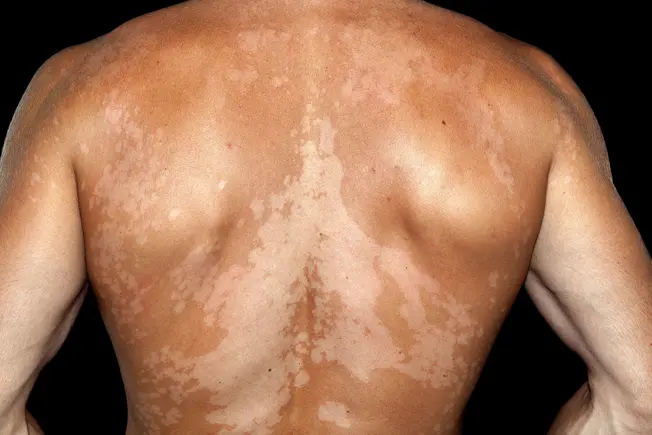
Vitiligo
This condition causes patches of your skin to lose melanin, or color. It happens when the cells that make melanin die or stop working. Vitiligo can also affect your hair and the inside of your mouth. There’s no cure, but treatment may help. This includes medication, light therapy, and surgery.
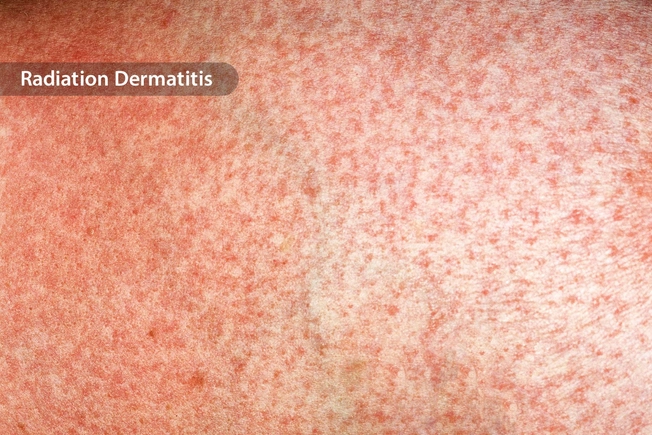
Cancer Treatment
Skin discoloration can happen after surgery, chemotherapy, or radiation therapy. You might also notice it after an allergic reaction to an injection or a side effect of pain medication. Your skin may look bruised, red, or get darker. These changes usually go away after you’re done with treatment.
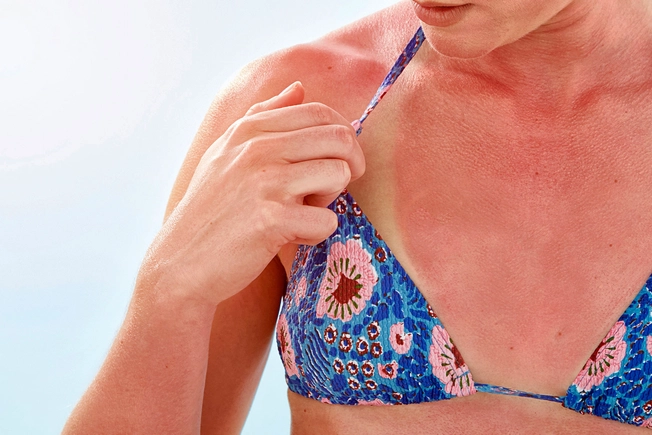
Sunburn
If you’ve ever spent too much time in the sun, you know the pain of a sunburn. It can affect any part of bare skin, including your earlobes, scalp, and lips. Your skin may look pink or red. Over time, too much sun can speed up aging. This sometimes shows up as dark spots.
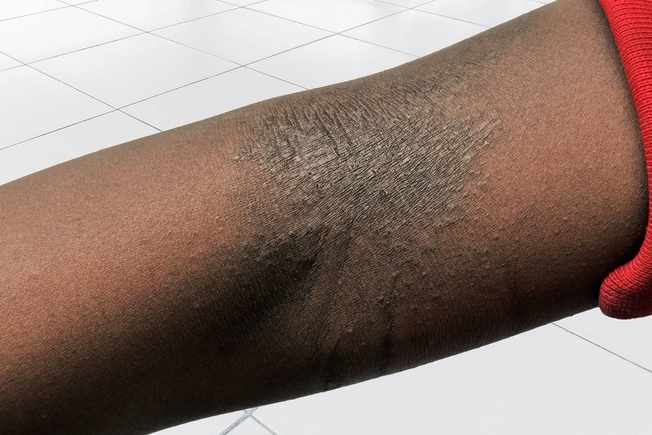
Eczema
This group of skin conditions causes inflammation that leads to dry and itchy patches of skin. Symptoms are different for everyone, but your skin could look brown, purple, or gray if it’s darker. Lighter skin turns red.
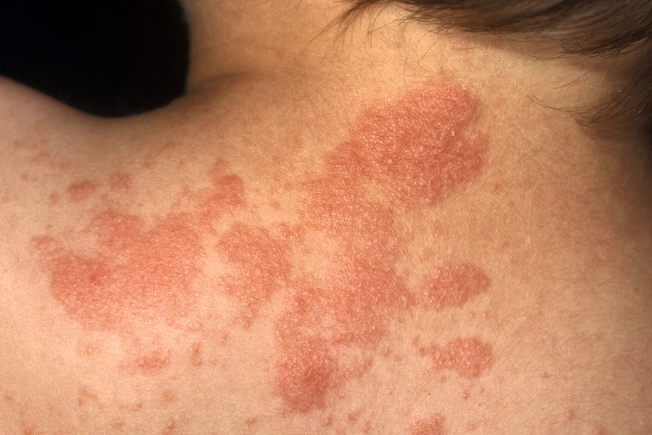
Contact Dermatitis
This type of eczema happens when you’re allergic to something or it irritates your skin. Examples include certain soaps, laundry detergent, makeup, or poison ivy. The skin will burn or tingle and become red, bumpy, and swollen. It’ll also start to peel.
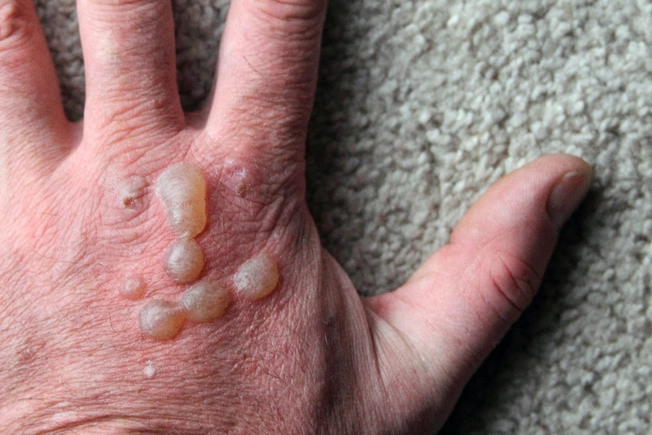
Trauma
Skin damage from a burn, blister, or infection can cause patches that are lighter or darker than your normal skin tone. It usually gets better on its own. But there are special creams you can use to fade dark spots faster. The sun’s UV rays can slow the healing process, so be sure to wear sunscreen.
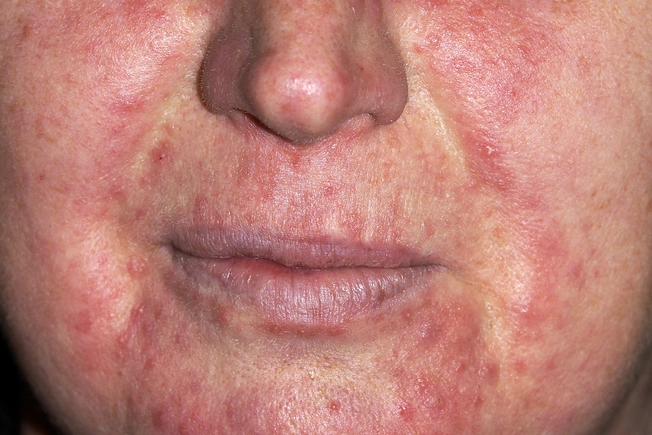
Rosacea
This skin condition causes discoloration on your cheeks, nose, chin, or forehead. These areas will sometimes look pink or red. Women, people with lighter skin, and those with a family history of rosacea tend to get the condition more often.
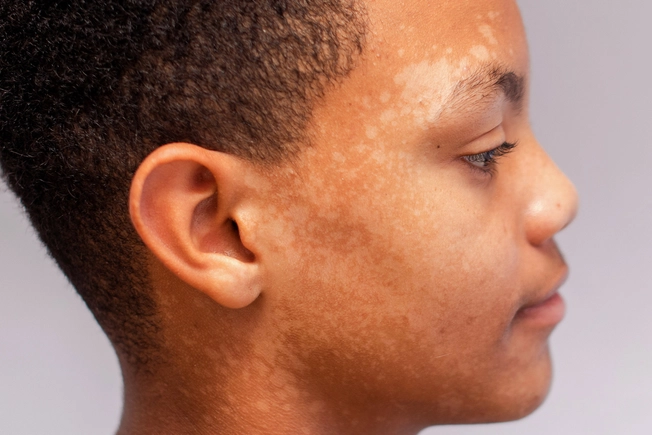
Tinea Versicolor
This fungal infection affects your skin’s pigmentation, or normal color, causing light or dark patches. It happens when the fungus Malassezia grows out of control. Skin damage, along with heat and humidity, can cause the fungus to overgrow and lead to an infection. So can antibiotics and a weak immune system. The condition usually shows up on your shoulders, neck, and torso. But it can also affect your face. You can’t spread tinea versicolor to others, but too much time in the sun could make it worse. It may take many months to clear up, even after treatment. And it could come back during warm, humid weather.
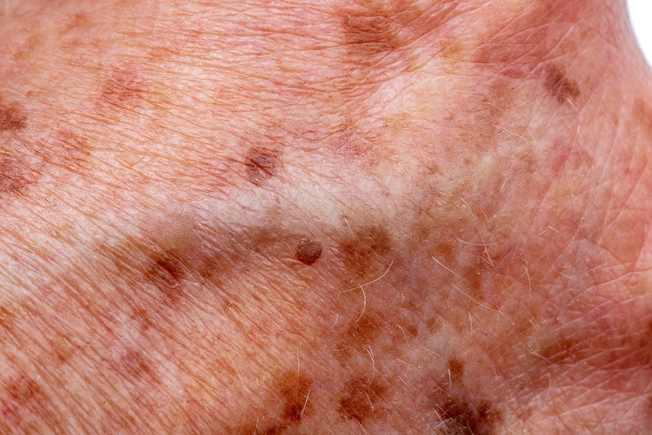
Age Spots
As you get older, you may start to see these small, dark spots on your skin. They’re also called sunspots, liver spots, or solar lentigines. They show up on skin that’s been exposed to the sun a lot, like your face, the tops of your hands and feet, and your arms. Age spots can be freckle-sized or larger. They’re typically flat, oval-shaped, tan, or dark brown. Young people can get them, but they usually start after age 50.
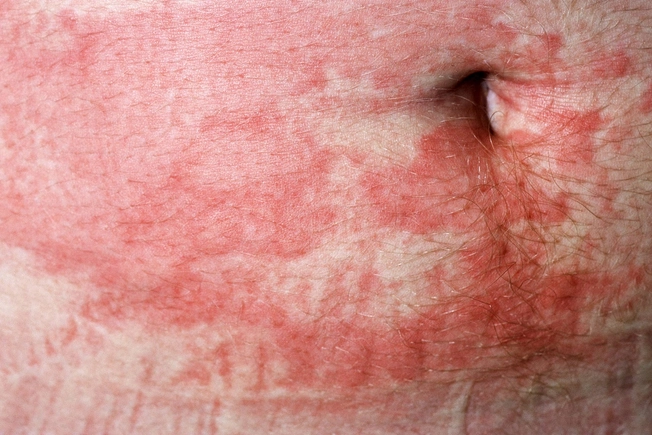
Reaction to Medication
Using certain medications and going out in the sun can cause a skin reaction that looks a lot like a sunburn. It can also happen when you use hydrocortisone cream longer than suggested. Be sure to read the label to find out if you should avoid sun exposure.
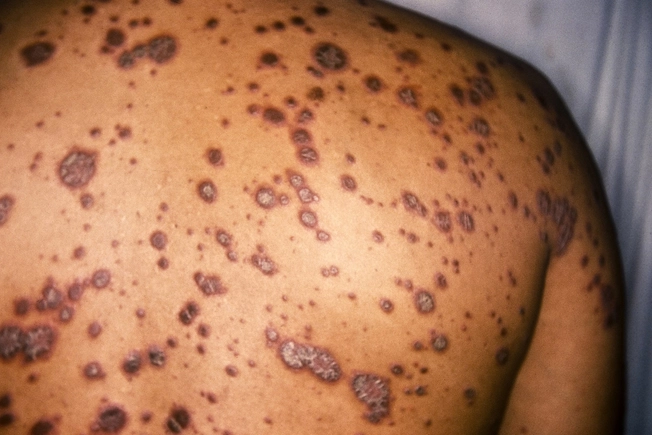
Psoriasis
This autoimmune disease causes scaly, discolored patches on any part of your body. But it mostly affects your knees and scalp. Psoriasis looks red on lighter skin. It may appear purple, gray, or dark brown on darker skin. Patches tend to be thicker on people of color.
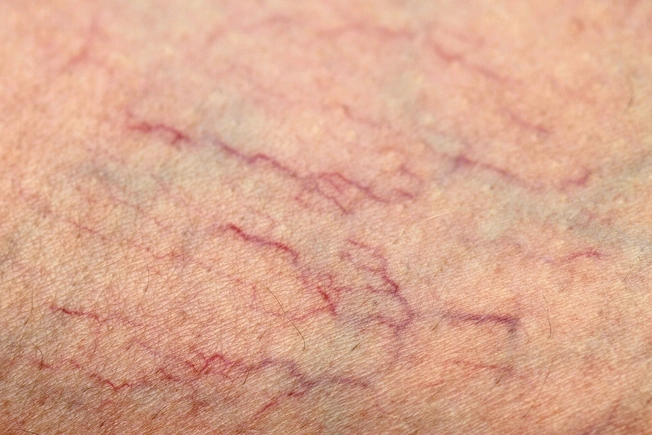
Spider Veins
Sun damage, pregnancy, aging, and trauma can all lead spider veins. These thin, red lines form when a small cluster of blood vessels near your skin’s surface expand. Spider veins can happen all over your body, but they usually show up on your face and legs.
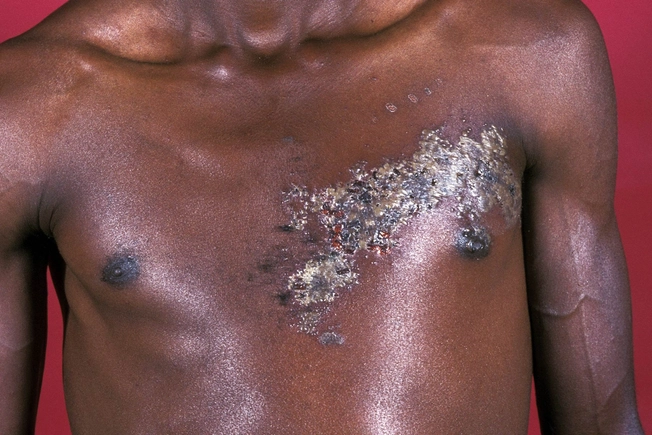
Shingles
This condition is caused by the same virus that gives you chickenpox. The rash looks like blisters on one side of your body or face. You may notice pain or itching early on in a shingles outbreak. Later symptoms include skin discoloration.